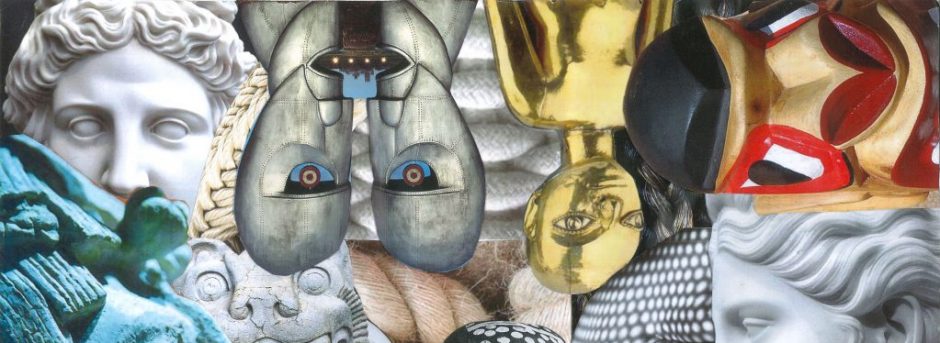Protected: Reflective Blog Post Two – Orr & Shreeve, Chapter 6: Teaching practices for creative practitioners. In Art and Design Pedagogy in Higher Education: Knowledge, Values and Ambiguity in the Creative Curriculum.
This entry was posted in Theories, Policies and Practices and tagged TPP Blog Posts. Bookmark the permalink.

This post is password protected. Enter the password to view any comments.